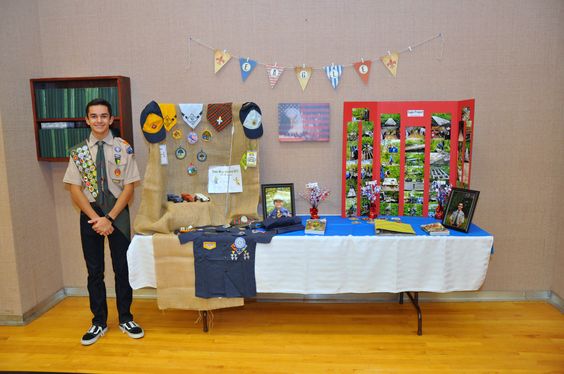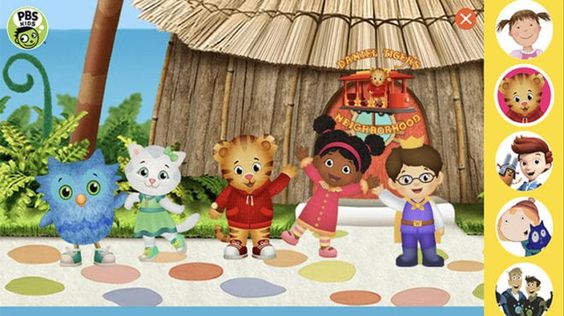A well-designed and functional student desk can significantly affect a child’s academic performance and comfort in the classroom. From kindergarten to high school, finding the perfect desk for each grade level is crucial in creating a positive learning environment. In this article, we will go over some of the top student desks available for K-12 classrooms.
1. The Collaborative Desk
Ideal for group projects and fostering teamwork among students, the collaborative desk offers a versatile workspace that encourages communication and cooperation. Look for a collaborative desk with adjustable heights and plenty of surface area, allowing students to rearrange it according to their needs.
2. The Sit-Stand Desk
Promoting healthy posture and reducing fatigue, the sit-stand desk allows students to either sit or stand while they work. This type of desk is an excellent choice for encouraging good habits early on by helping kids stay focused and maintaining proper ergonomics throughout the school day.
3. The T-Desk
A T-desk is a great option if you need desks that can be easily rearranged for different classroom configurations. The T-shape allows students to face each other during collaborative tasks, creating comfortable group workspaces. Additionally, T-desks may come with built-in storage spaces, such as shelves or drawers, to keep books and materials organized.
4. The Traditional Single Desk
Classic yet functional, the traditional single desk remains essential for providing individual workspace in K-12 classrooms. Primarily used in primary schools due to its simplicity and smaller size offering affordability. Look for sturdy construction made from high-quality materials like wood or metal to ensure longevity.
5. The Tablet Arm Desk
Popular in high school classrooms, the tablet arm desk features an attached swing-out arm on which students can place their laptops or tablets alongside their textbooks and notebooks. This efficient design helps save space while accommodating modern technology into the learning environment.
6. The Multi-Purpose Desk
A multi-purpose desk merges the benefits of traditional desks with added elements such as corkboards, whiteboards, or flip-and-store tops to expand its functionality even further. These desks give students the opportunity to express their creativity and have immediate access to versatile workspace options, making them perfect for diverse learning styles.
Conclusion
Whether young learners are exploring new concepts, working cooperatively in groups, or utilizing technology in the classroom, having an efficient and comfortable desk is essential for fostering a successful educational experience. These six desk types cater to different needs and learning styles while supporting the varying challenges that students face in K-12 classrooms. Selecting a versatile and functional student desk is the first step towards creating an inspiring learning environment that will help young minds thrive.





